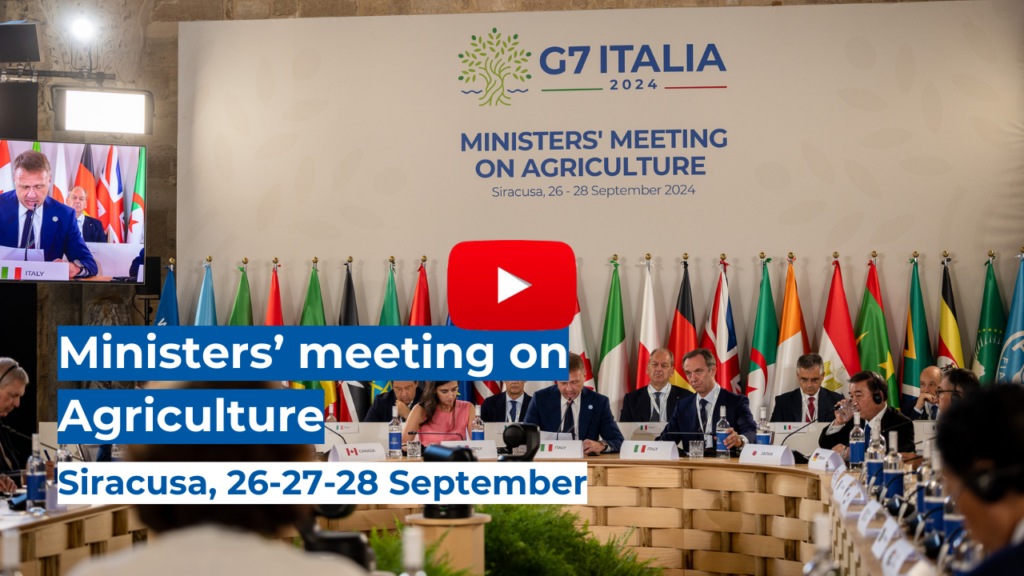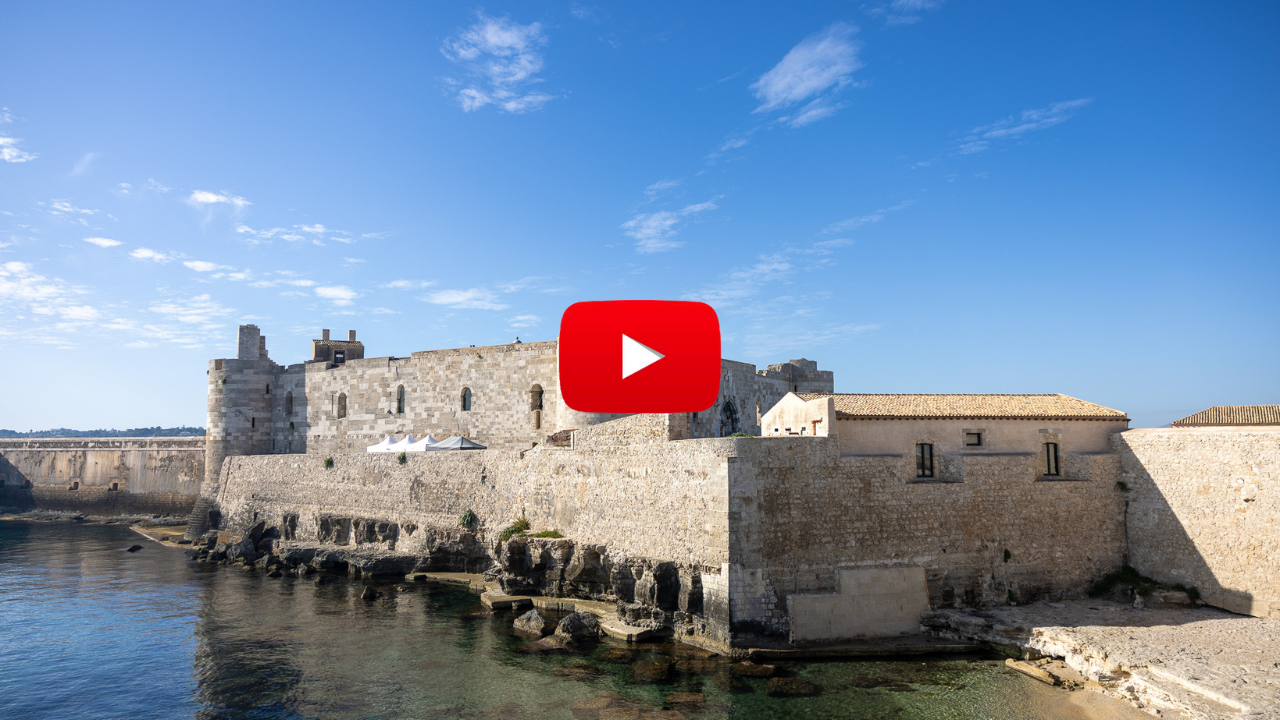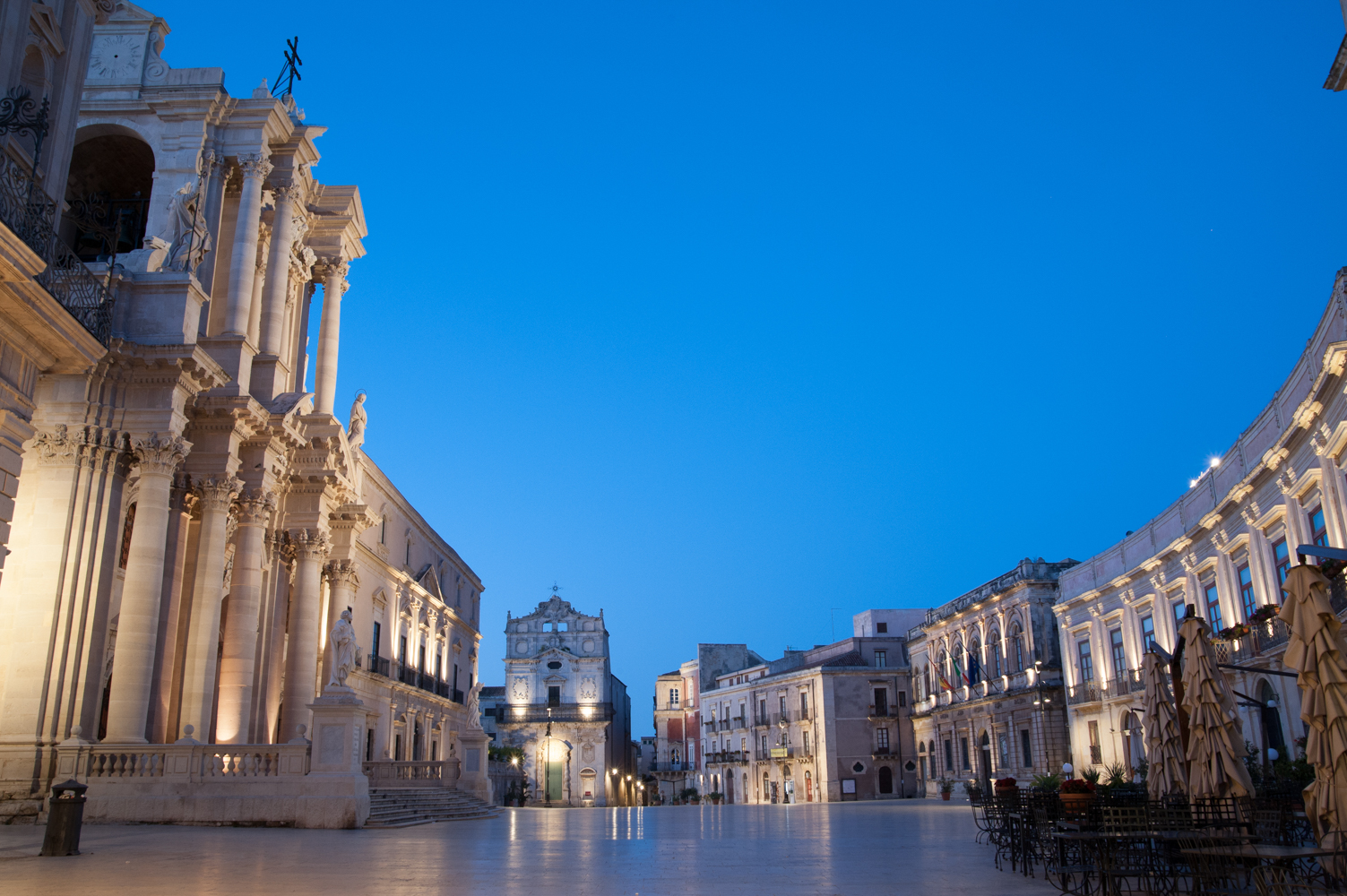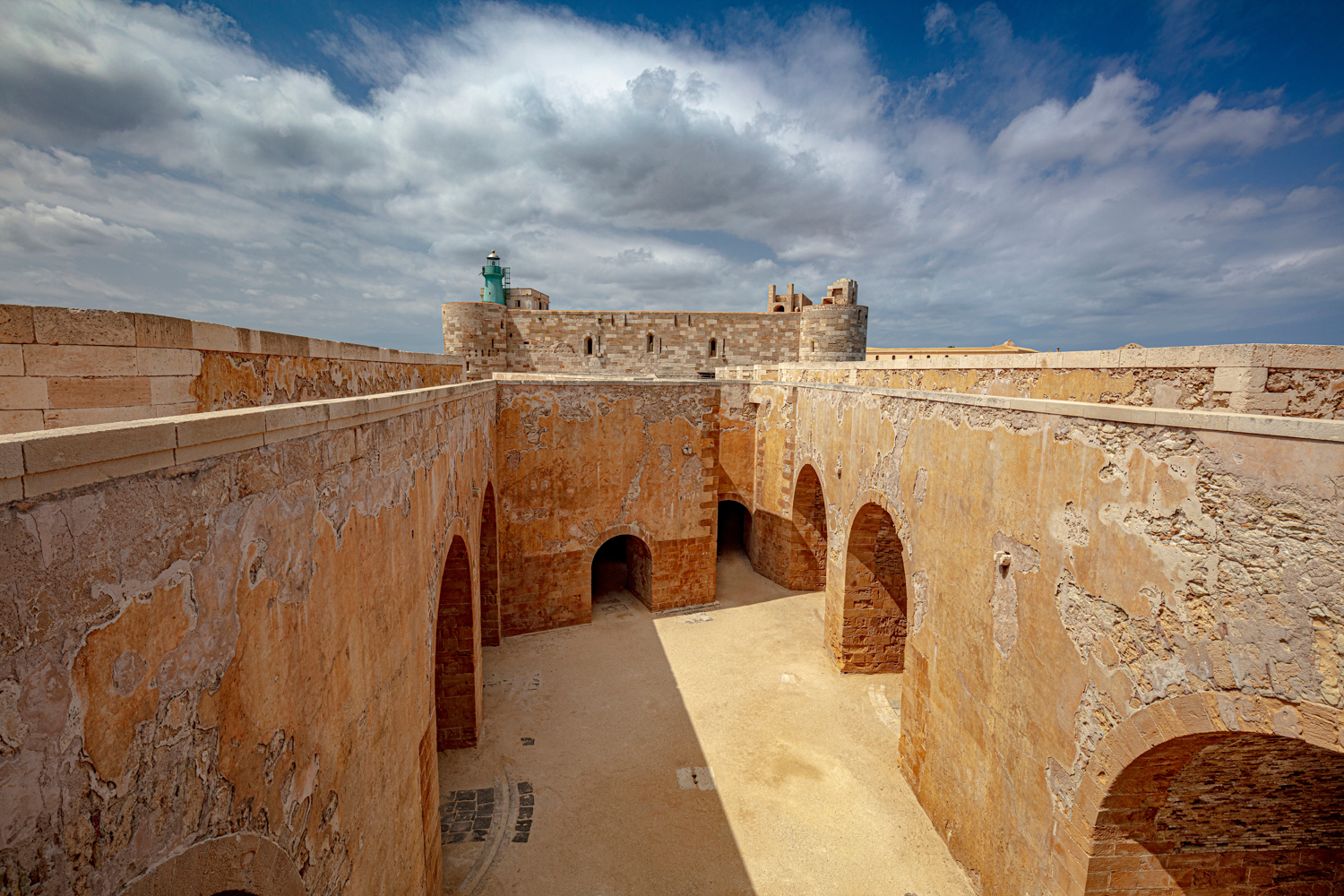Ministerial meeting on Agriculture
SIRACUSA26-27-28 September
The G7 Agriculture Ministers’ gathered in Siracusa on 26-27-28 September and adopted a Joint Declaration. Minister Francesco Lollobrigida chaired the working sessions.
Key topics of the Declaration:
– Strengthening agriculture for profitable, resilient, equitable and sustainable food systems.
– Science and innovation in agriculture for climate change mitigation and adaptation.
– The younger generations as agents and protagonists of change in agriculture and food systems.
– Sustainable fisheries, aquaculture and food security.
– The contribution of the G7 to the development of agriculture and food systems in Africa.
Photos
Video
The host city
Siracusa
Siracusa, a city of timeless allure, hosted the G7 Meeting on Agriculture, set against the backdrop of its monumental past and the vibrancy of its present.
Located on the southeastern coast of Sicily, Siracusa was founded in 733 B.C. by the Corinthians and emerged as one of the largest cities of the classical era. With its rich tapestry of historical and architectural treasures from various periods, it embodies a journey through Mediterranean history and has been designated a UNESCO World Heritage site alongside the Rocky Necropolis of Pantalica.
The island of Ortigia, the historical centre of the city, hosted the G7 Meeting on Agriculture at the Maniace Castle. Connected to the mainland by three pedestrian bridges, Ortigia is a unique and captivating place, highlighted by the Aretusa Fountain, the only spontaneous papyrus grove in Europe.
Fourth most populous city in Sicily, Siracusa plays a significant role in Italy's agri-food industry.
It is home to the largest lemon-growing district in Italy and in the European Union, with the production of the Siracusa IGP lemon recording increasingly impressive sales figures.
The territory also boasts a variety of notable local products, including artisanal cheeses, the Siracusa early potato exported internationally, extra virgin olive oil from the Iblei mountains, and the Siracusa watermelon. In the wine industry, both Nero d'Avola and Moscato di Siracusa are produced.










